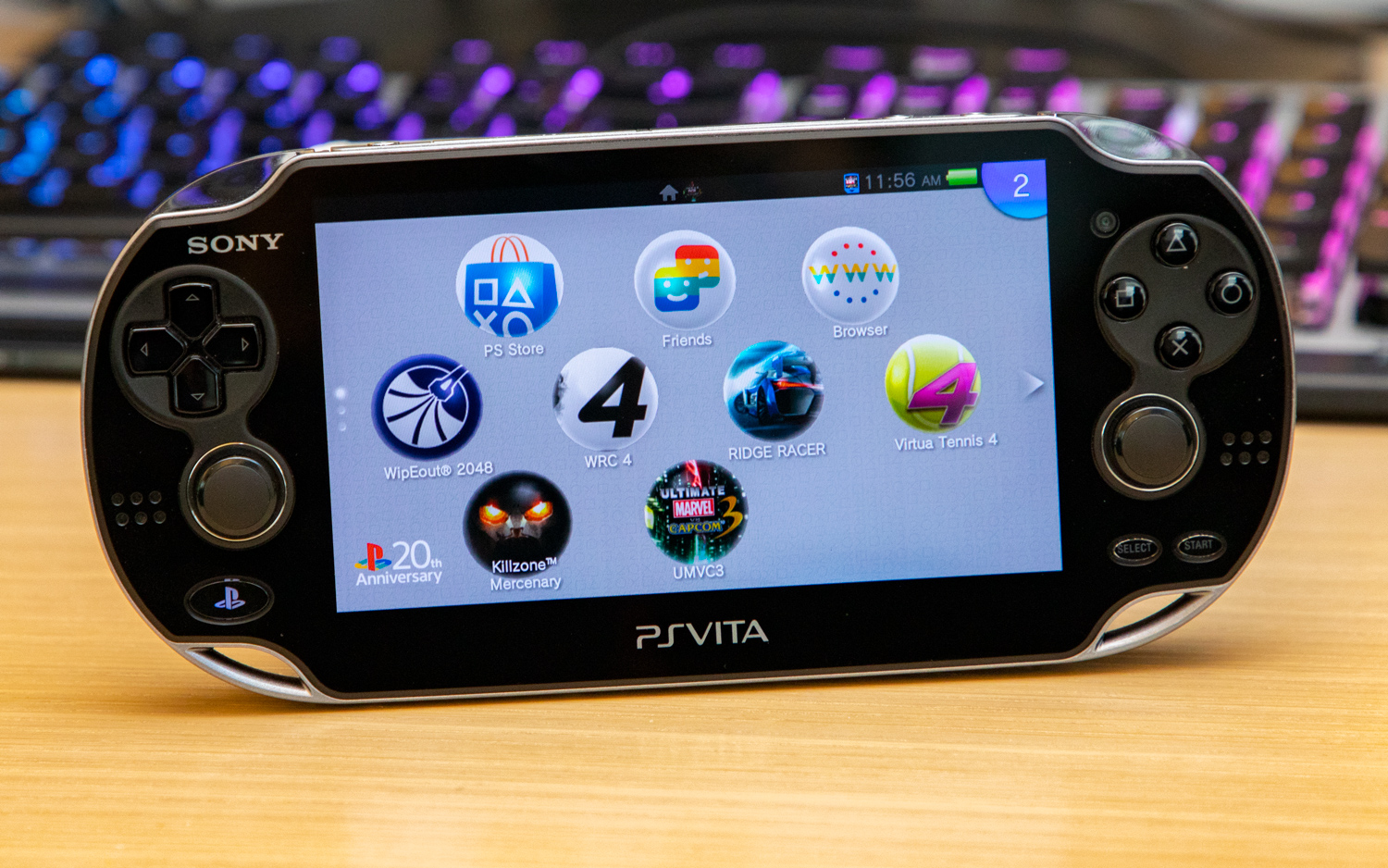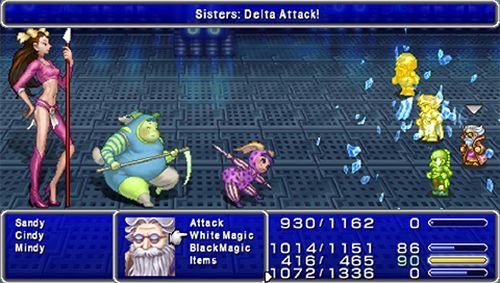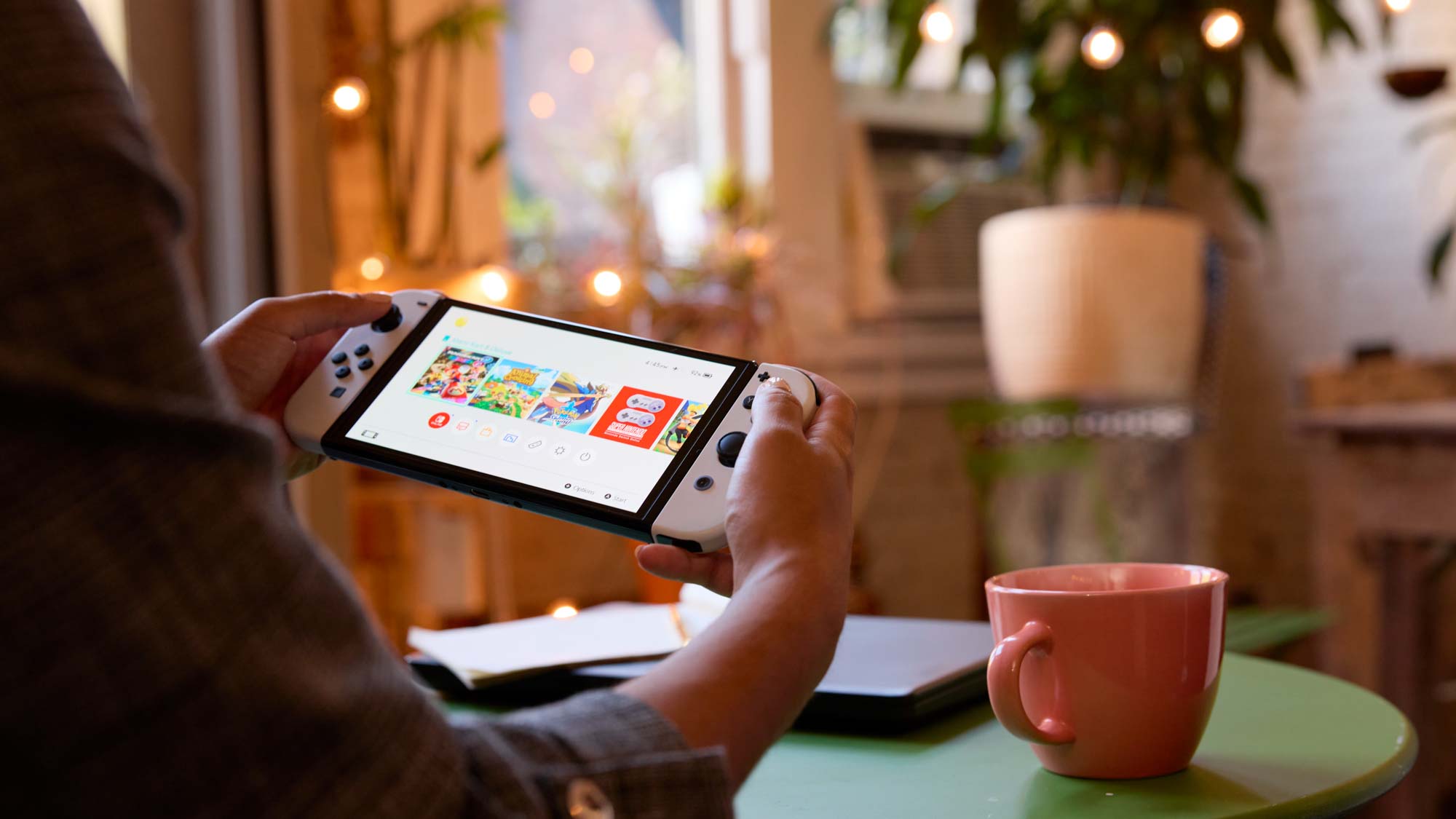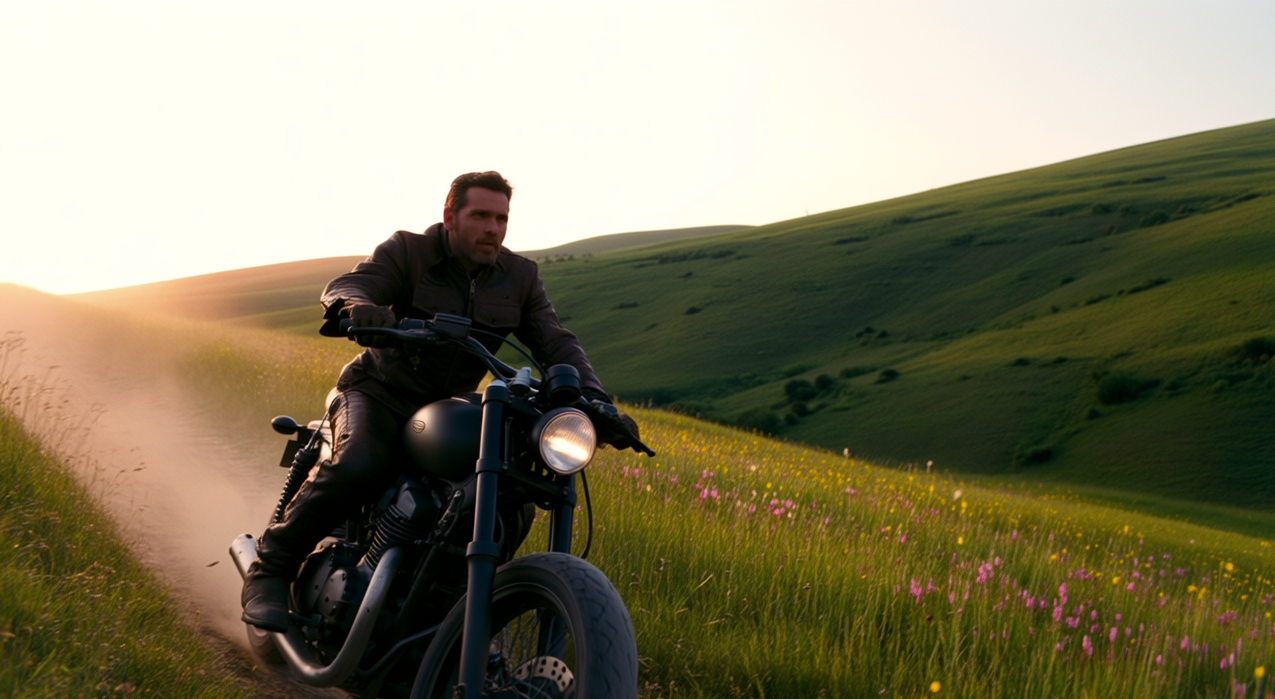The 10-year-old PlayStation Vita still beats the Nintendo Switch
Ten years after its launch, the ill-fated PlayStation Vita still feels better than the newer, flashier Nintendo Switch

The PlayStation Vita is my favorite kind of product: the “too good for this sinful Earth” kind. Much like the iRiver H300, the Microsoft Zune or Sony’s own PlayStation Vue, the Vita was ahead of its time. The general public just wasn’t ready for what it had to offer, even though they embraced the exact same feature sets in arguably inferior products a few years later.
I recently had a chance to reconnect with my Vita, after leaving it lying dormant in a drawer for the past few years. I was impressed by the system’s excellent game library, its gorgeous screen, its surprisingly good speakers, its intuitive interface and, most of all, its excellent battery life. I was also shocked to discover that this 10-year-old system still surpasses the much newer and fancier Nintendo Switch in some ways.
Perhaps hindsight is 20/20, or perhaps the Vita was simply in the right place at the right time this past week. Whatever the case, my reunion with Sony’s last handheld console has been a bittersweet one. The Vita could have been so much more.
Revisiting the classics

An unusual confluence of circumstances convinced me to pick up the Vita again. My go-to game lately has been Final Fantasy XIV, which has kept me glued to my PC for the last few weeks. But I also had a series of podiatric surgeries, which meant that I had to keep my foot elevated for extended periods of time. I needed something I could play on the couch, or in bed — but I wanted to play Final Fantasy.
While you can get a lot of Final Fantasy titles on Android, touchscreen controls are not the ideal way to play them. The Switch has a handful of Final Fantasy titles, but for some reason, the recent Pixel Remasters of older games are absent. Surprisingly, the best way to replay some of the classic Final Fantasies is to do so on the Sony PlayStation Portable — or, better yet, on the Vita, which has a bigger screen and better performance.
I could talk at length about Final Fantasy IV: The Complete Collection, which, for some unfathomable reason, is still available only on PSP and Vita. The game holds up beautifully after all these years, primarily thanks to its interesting characters, quick pacing and challenging battle system. The Complete Collection is also the only place where you can play the short Interlude adventure between FFIV and the substantial After Years sequel. I also think the Complete Collection has prettier graphics than the more recent Final Fantasy IV Pixel Remaster, but that’s a matter of taste.
However, the Vita hardware is perhaps even more interesting than the game I’ve been playing on it. In fact, I’m beginning to wonder if modern handheld systems have simply inured us to bad design, because the Vita is simultaneously so much different, and so much better, than anything on the market today.
PlayStation Vita vs. Nintendo Switch

What struck me the most after my week with the Vita was how much more I enjoyed it than the Switch — and I like the Switch quite a bit.
First off, the Vita is small and light. I don’t mean that it’s small and light in relation to a full-size console; I mean it measures 7.2 x 3.4 x 0.6 inches and weighs 7.7 ounces. That’s slightly larger than most smartphones, to be fair. But when you remember that most smartphones require an unwieldy controller dock, such as the Razer Kishi V2, to function like game consoles, the Vita still wins out. Unlike the Switch (9.5 x 4.0 x 0.6 inches, 10.6 ounces), it does, indeed, fit in a pocket. And while that’s probably not ideal for the system’s screen, it means that the Vita is actually portable, not just “portable, if you have a large enough bag.”
It's also worth noting that the PS Vita pulled the “portable with an OLED screen” trick almost a decade before Nintendo ever tried it. The first-gen PS Vitas all sported spiffy OLED screens, which gave vibrant colors and deep blacks to its graphically demanding games. While my own Vita is a second-gen model with a standard LCD screen, I have seen the original in action, and it’s still a cut above just about everything but the Switch OLED.
Comparing the Vita and Switch’s game libraries is difficult, as the Switch is still getting new titles, while the Vita isn’t (for the most part). But I would still give a slight nod to the Vita. The system has an absolute bonanza of JRPGs, from the underrated Tales of Hearts R to the aforementioned Final Fantasies. Uncharted: Golden Abyss was as good as any big-screen game in the series, and it’s a shame that Gravity Rush never caught on, as it was one of the most creative action games in years.
The Vita also let you buy classic games from previous generations and keep them permanently, a lesson that the Switch could still stand to learn. That’s because the Vita is backwards compatible with the PSP, which expands the library even further. The Switch isn’t backwards compatible with the Wii U — and the Wii U library is about to disappear.
What I liked best about the Vita, though, is just how long I could play it. While the Switch lasts between three and five hours, depending on the game, I got more than six hours from my first big FF4 push. It may not sound like a huge disparity, but considering that I could not have easily walked to a power outlet, the extra few hours saved me a lot of pain and frustration. And, as anyone who’s ever been on a long plane ride can attest, an extra hour of two of charge can make all the difference.
There’s a lot more to like about the Vita, once you settle in. The interface is both intuitive and customizable; the touch controls on the back are convenient; the PS4 Remote Play feature is excellent. But the bottom line is that the Vita has exactly what a handheld needs to succeed: a compact design, an excellent library and a long-lasting battery. And yet, for whatever reason, the console just didn’t work.
There have been a thousand postmortems of the Vita, and they all say the same thing: Sony charged too much for the hardware, and didn’t secure enough must-play games for it. That’s all true. But there’s an excellent piece of hardware beneath all the missteps, and I’m glad I still have one. The next time I take a long trip, I may just leave my Switch at home, and remember the time that Sony almost revolutionized the handheld gaming scene.
Next: Here's why there's never been a better time to play Bioshock.
Sign up to get the BEST of Tom's Guide direct to your inbox.
Get instant access to breaking news, the hottest reviews, great deals and helpful tips.
Marshall Honorof is a senior editor for Tom's Guide, overseeing the site's coverage of gaming hardware and software. He comes from a science writing background, having studied paleomammalogy, biological anthropology, and the history of science and technology. After hours, you can find him practicing taekwondo or doing deep dives on classic sci-fi.

